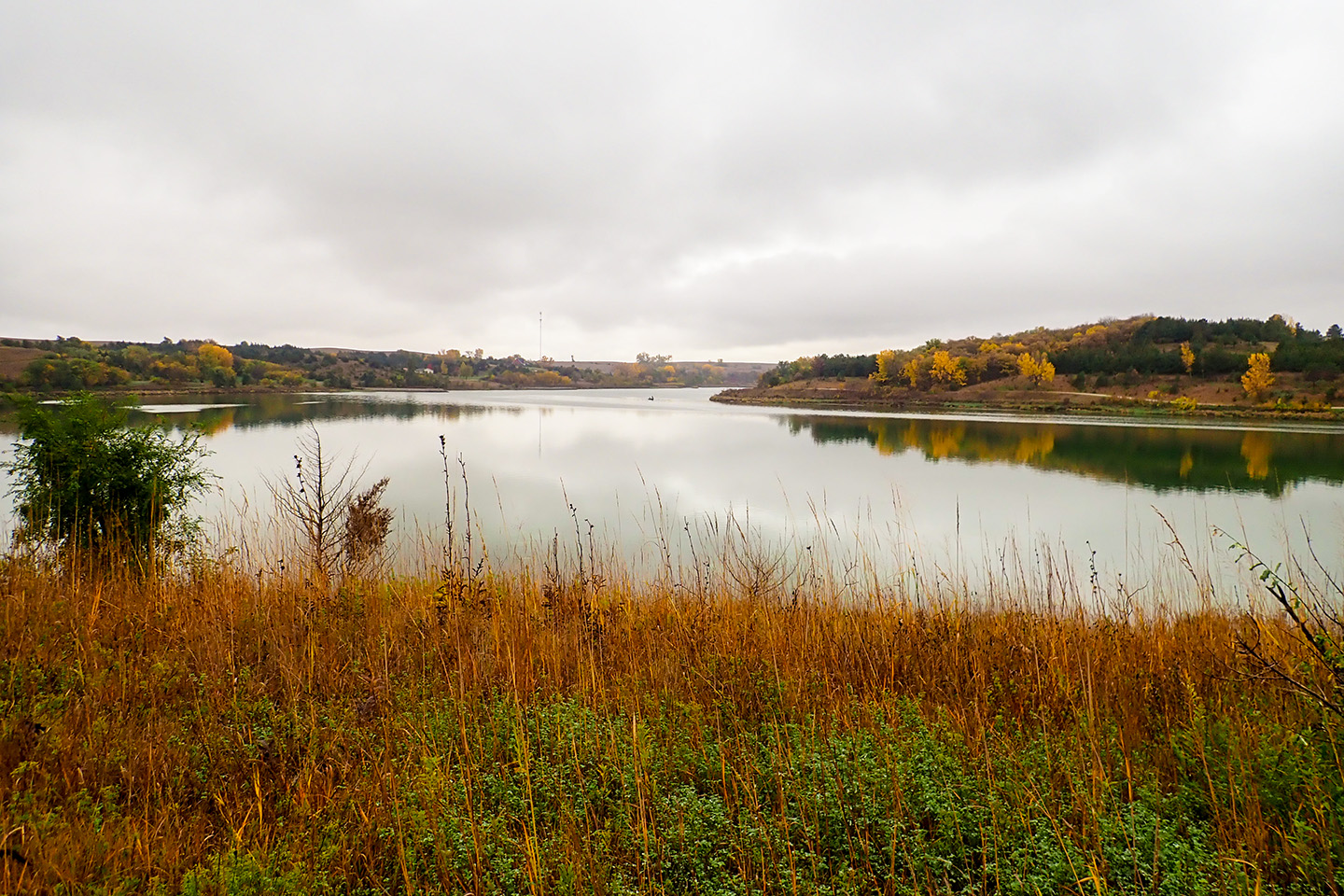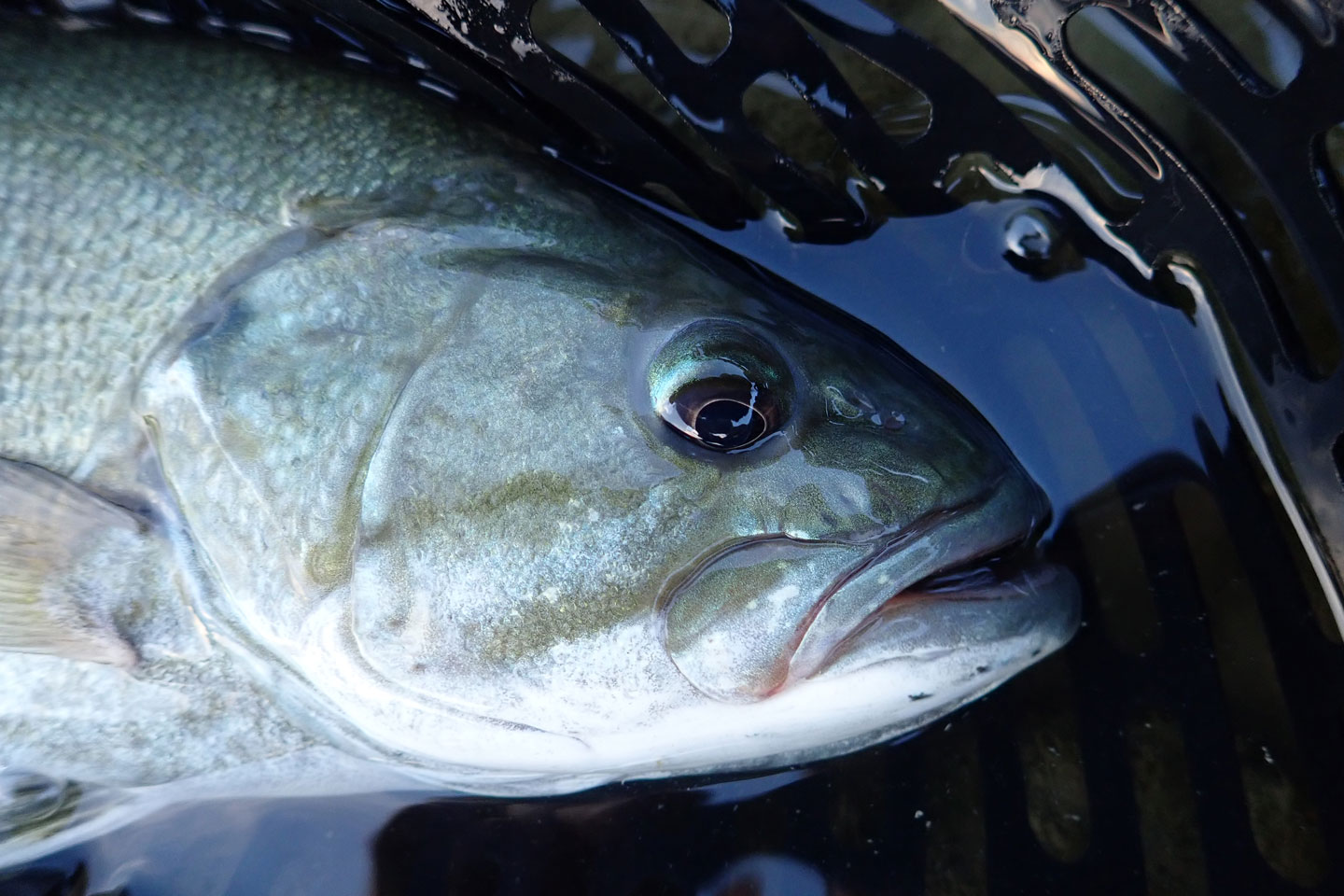
By Daryl Bauer
We now are well into that calendar period called “fall” or “autumn”. It is a busy time of year with football games, pumpkin patches, and a host of other fall activities. For many, it is a time when the rods and reels are placed in the rack and the shotguns and rifles are grabbed.
Believe me, I love to hunt too; love to do it all. Unfortunately, it is difficult to find time to do it all (maybe if I did not have to work?). A long time ago I started doing more and more fishing in the fall, and I have to admit that it now is my favorite open water fishing period of the year.
I am not suggesting that you give up your hunting adventures, far from it! However, I would tell you that you might think before totally abandoning the fishing gear for the year. Maybe plan to combo-up some cast and blast.
Or maybe not? A big reason I love fishing in the fall is the lack of competition and activity. For much of the spring and summer “fishing season” it seems there will be a crowd of anglers every place a fish is caught. In addition, on many waters there will be jet-skis and speed boats roaring all over. Not only does that make it hard to “get away from it all,” it also makes the fishing tougher. Undisturbed fish are easier to catch. In the fall when you find the fish, and figure out how to catch them, you likely will reap the rewards mostly by yourself.
Although fall is a time of transition, weather patterns tend to be more stable than the often stormy, erratic weather of spring. Like the lack of human activity, stable weather patterns also result in better fishing.
Fish behavior in the fall is dictated largely by the need to feed. This contrasts with spring when spawning behavior can influence fish movement and behavior. In the autumn, fish are more likely to settle into feeding patterns that can remain relatively unchanged for several days. In a typical Nebraska fall, good fishing for many species can be expected to last into November.
Cooling water and shortening day length in the fall signals fish to feed in preparation for the long, cold winter and the rigors of spawning the following spring. Development of eggs and milt in many species of fish starts in the late summer and fall. Fish feed heavily in fall to take in the extra energy needed to develop eggs and milt. For most species of fish, they will be in their best body condition, will be their fattest, in the fall. “Fall fatties” will be some of the biggest, prettiest fish I catch every year.

In most Nebraska waters, by the time autumn rolls around, prey densities have been reduced from their summer peak abundance. Whenever there are hungry fish actively looking for prey, fishing can be excellent. That becomes truer on a variety of Nebraska waters as fall progresses. Nebraska reservoirs with gizzard shad or alewives can still have an abundance of prey in the fall and fishing can be tougher there, but even on those waters, the fish are feeding heavily, and anglers can expect fishing to improve.
Keep in mind when targeting large predator fish in the autumn, that bait fish have been growing all summer and are larger in the fall. “Big baits for big fish,” is most true in the fall.
